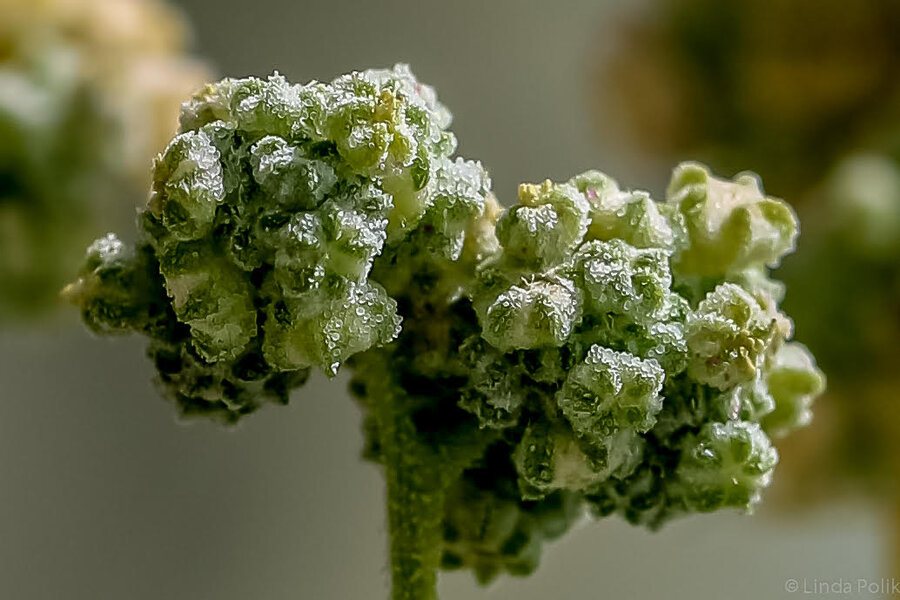Could quinoa, the Inca's 'mother grain,' become a cure for world hunger?
Loading...
By mapping a high-quality genome sequence and identifying a gene that could be manipulated to expand production, a team of scientists say they have unlocked potential for the "superfood" quinoa to help feed the world.
Though still a minor crop globally, quinoa was first domesticated in the Andes roughly 3,000 to 5,000 years ago, and was famously cultivated by the Inca people, who regarded the crop as sacred. By providing this new understanding of quinoa's genetic makeup, which was published this week in the journal Nature, Mark Tester, the project leader of the international team, hopes the study could accelerate further development of this relatively less-studied plant.
“Having the genome would enable the wider community both to study how this plant does all the amazing things it does, and also use that knowledge of the genome to make much faster and greater improvements in the crop, improvements that really haven't been so easy to do over the past couple of decades,” Prof. Tester, a plant scientist at King Abdullah University of Science and Technology in Saudi Arabia, tells The Christian Science Monitor.
Despite its bitter taste, quinoa regained popularity in recent years as people in the United States and Europe flocked to this gluten-free, nutrition-dense crop. The United Nations declared 2013 as the International Year of Quinoa, giving it an international fame.
Tester says quinoa, which is not a cereal but a flowering plant in the same family as spinach and beets, carries broader utility. Its distinctive tolerance to salty soil enables farmers to grow it in harsh conditions, from the Andean highlights to the Middle East and northern Sahara.
“The other dimension of the plant that's really special is that it can grow in places where rice and wheat can’t grow,” Tester says. “It can grow in particularly very salty environments, so it has the potential to be really helping people grow a nutritious crop on soil where they currently can't grow crops using water.”
But the chemical compound saponin, which gives quinoa's seeds a bitter flavor, has limited its cultivation. To remove it, harvesters must wash and dry the seeds. The aspect of the study that makes the researchers say quinoa could be a solution to the world's looming food shortage is their pinpointing of the gene that regulates saponin production. According to Tester, eliminating the unpopular taste could lead to extensive cultivation.
This is why the project stands out, says Douglas Cook, the director of the “Feed the Future Innovation Lab for Climate Resilient Chickpea” at the University of California, Davis, noting that sequencing crop species is common nowadays. Yet, he is skeptical of the claim that quinoa, which has been popular in Western countries over the past decade, could be such an important key to feeding the world's growing population.
“Personally, I think it could mean an important part of the solution, but it's not going to be a game changer,” Dr. Cook tells the Monitor on Thursday. “The places where bigger changes are going to occur are in crops that have already had significant investments and that are already mainstay in the human diet.”
Cook is also hesitant to say that quinoa could be a significant part of the solution to world hunger, and says scientists should be cautious about making such claims about single crops.
There are definitely crops that could potentially be cultivated more widely, he says, but "hunger in the world and improving agricultural activity is going to be a multi-faceted solution – it will always involve multiple crops that are suited to different environments, that bring different nutritional values to the table, and meet the local needs of the indigenous people."
"To simplify it to the extent that there could be a crop that is the solution to world hunger is really rather, it's such an oversimplification, it's not helpful," Cook says.
Tester and his team clearly realize the limitations, listing additional traits that need to be modified for quinoa to be absorbed into the international agricultural systems.
“This is already a lot of variation out there, and with modern breeding that exploits genome information, we can much more rapidly get these types of traits into the quinoa and have the plants adapted to all sorts of different locally environments,” he says.






